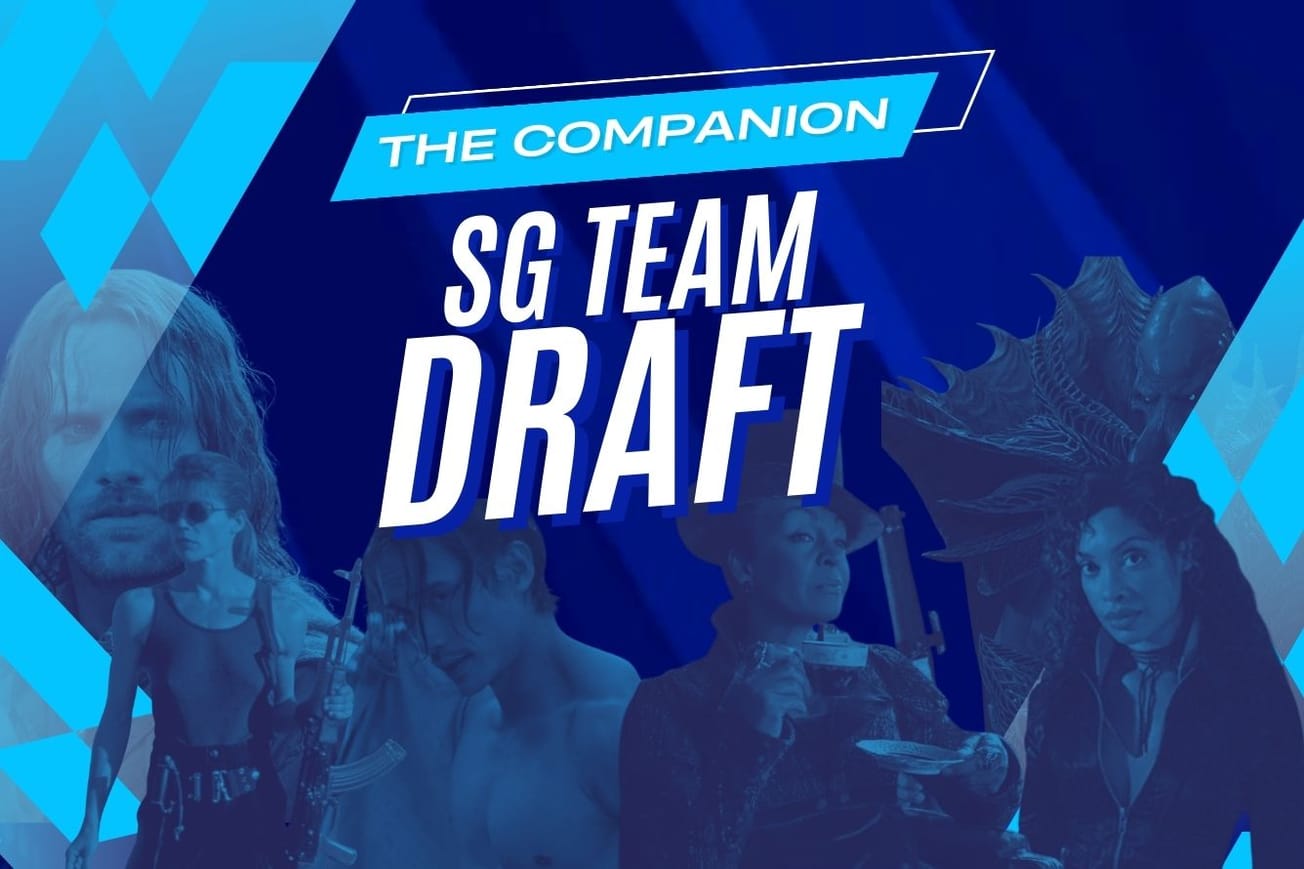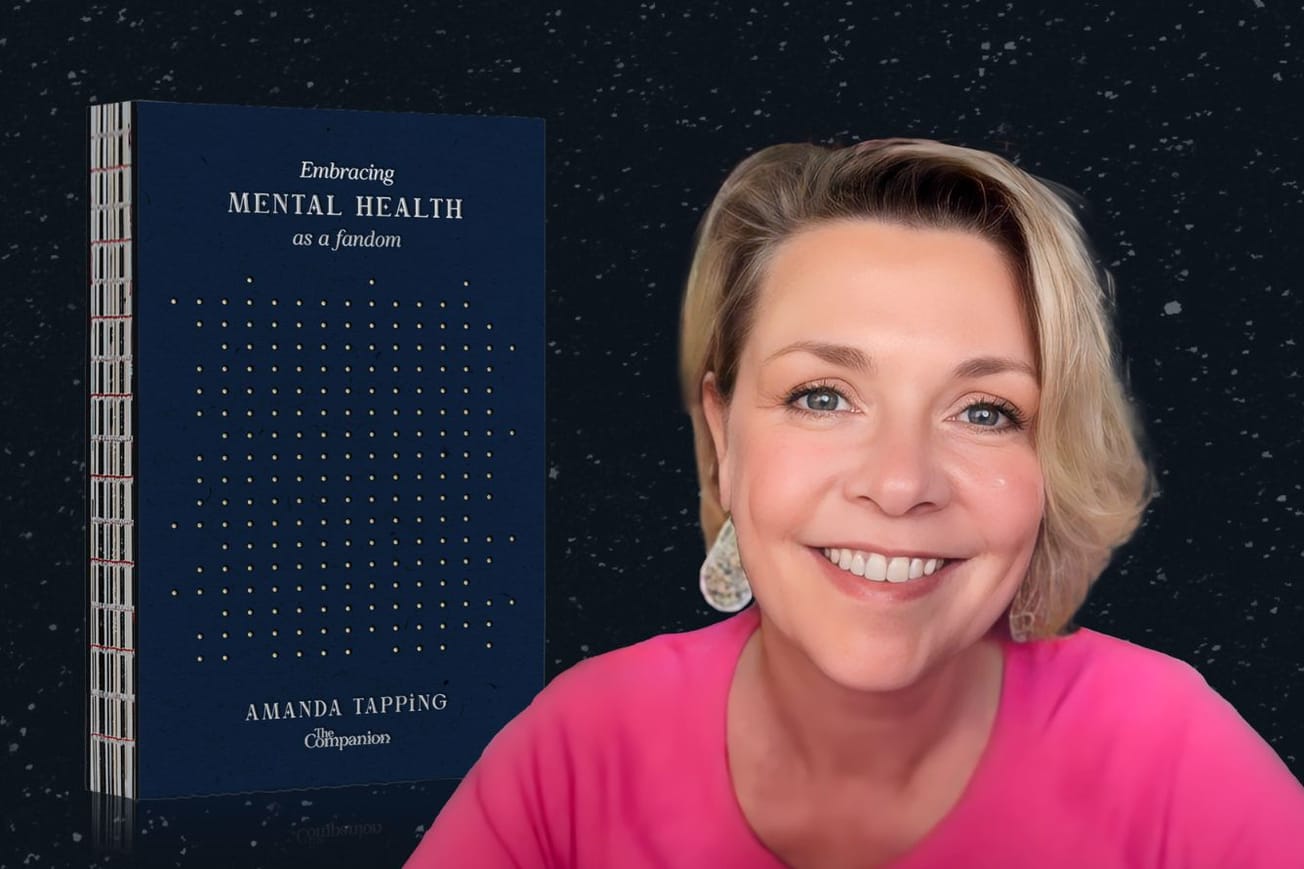Okay, so we have a confession to make. We were all set to do a straightforward oral history of the fan-favorite Stargate SG-1 episode ‘The Serpent’s Lair’ (S1, Ep22) but when we started talking to the creatives involved one thing became instantly clear. In their heads, they had combined that episode with the one before it, namely the Season 1 finale ‘Within the Serpent’s Grasp’ (S2, Ep1). Some blamed time – it has been pretty much 25 years after all – for others it was clear that they saw both episodes as two parts of one big story.
So what we’ve done is kind of squish them together somewhat and let you just enjoy what co-creators and executive producers Brad Wright (who also wrote ‘The Serpent’s Lair’) and Jonathan Glassner (who wrote ‘Within the Serpent’s Grasp’ and directed ‘The Serpent’s Lair), production designer Richard Hudolin, visual effects supervisor John Gajdecki, and star Alexis Cruz had to say.
We may have cheated a little bit, but hey, we’re hoping you won’t mind…
As Told By...
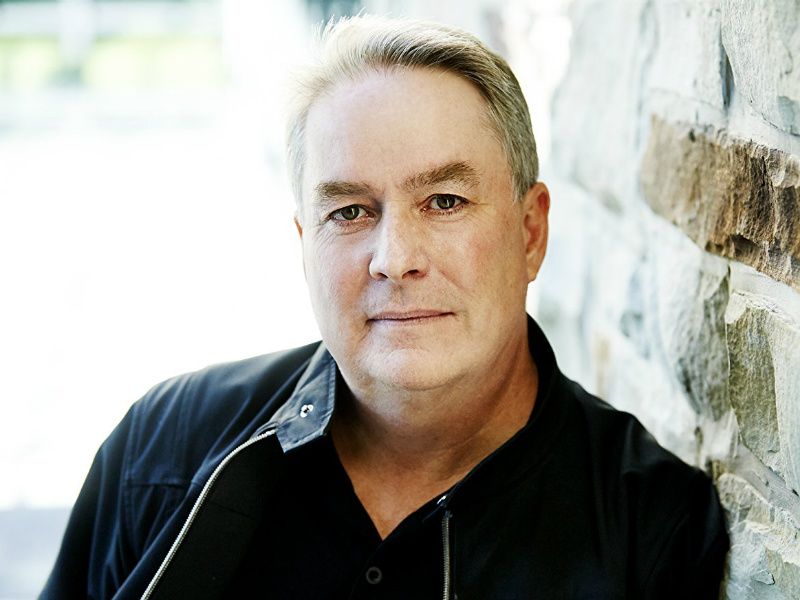
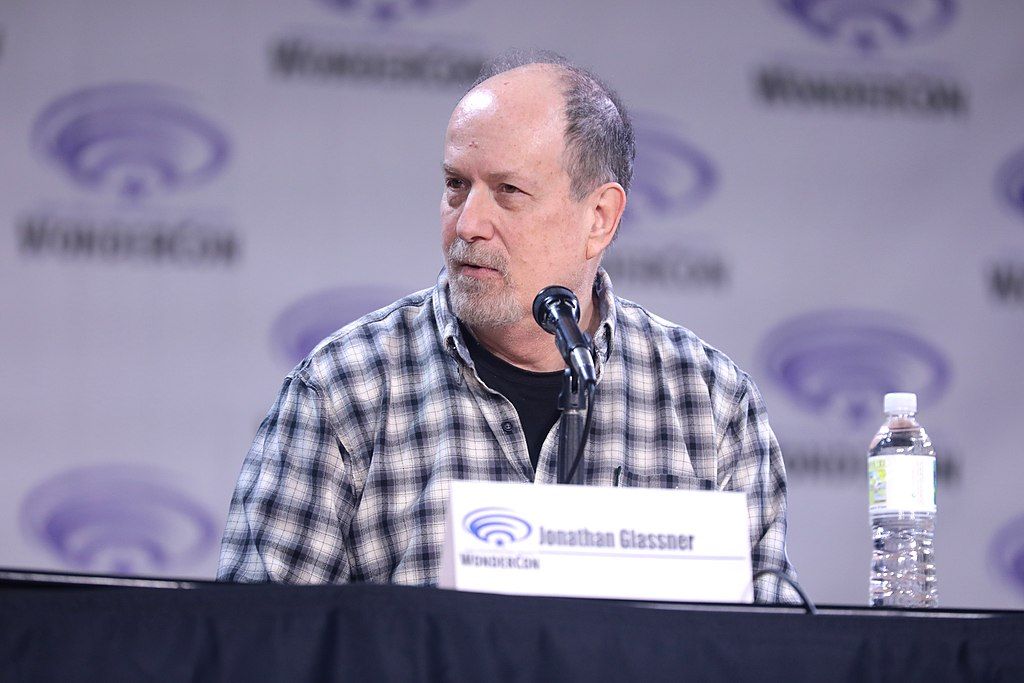
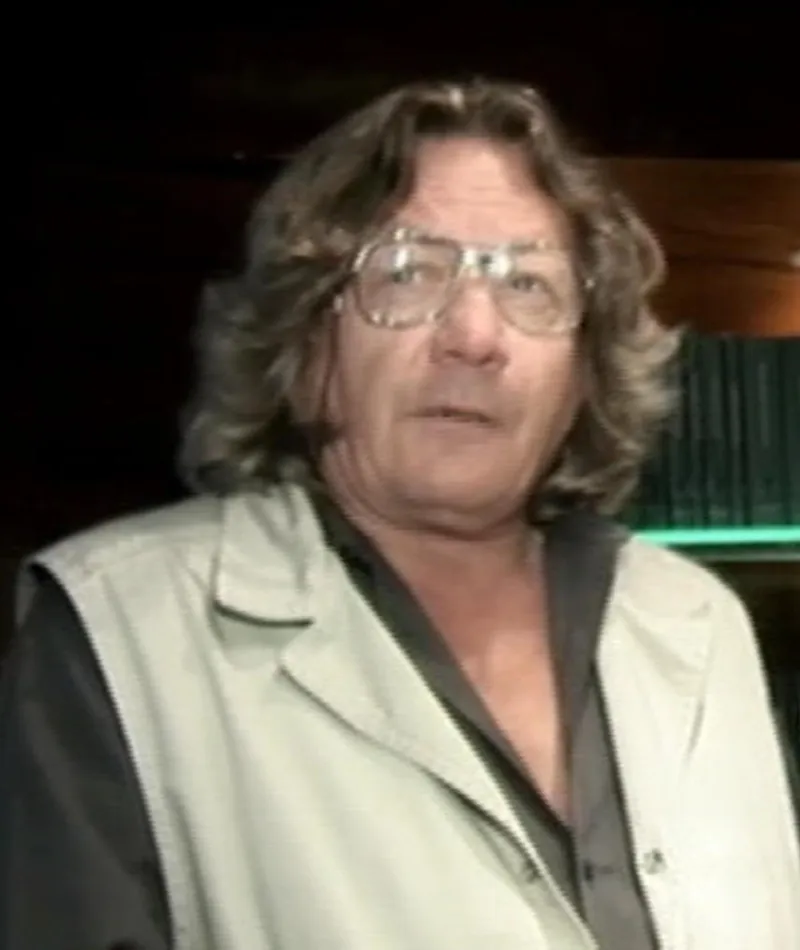
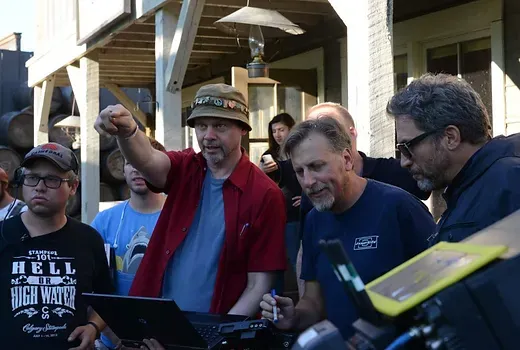
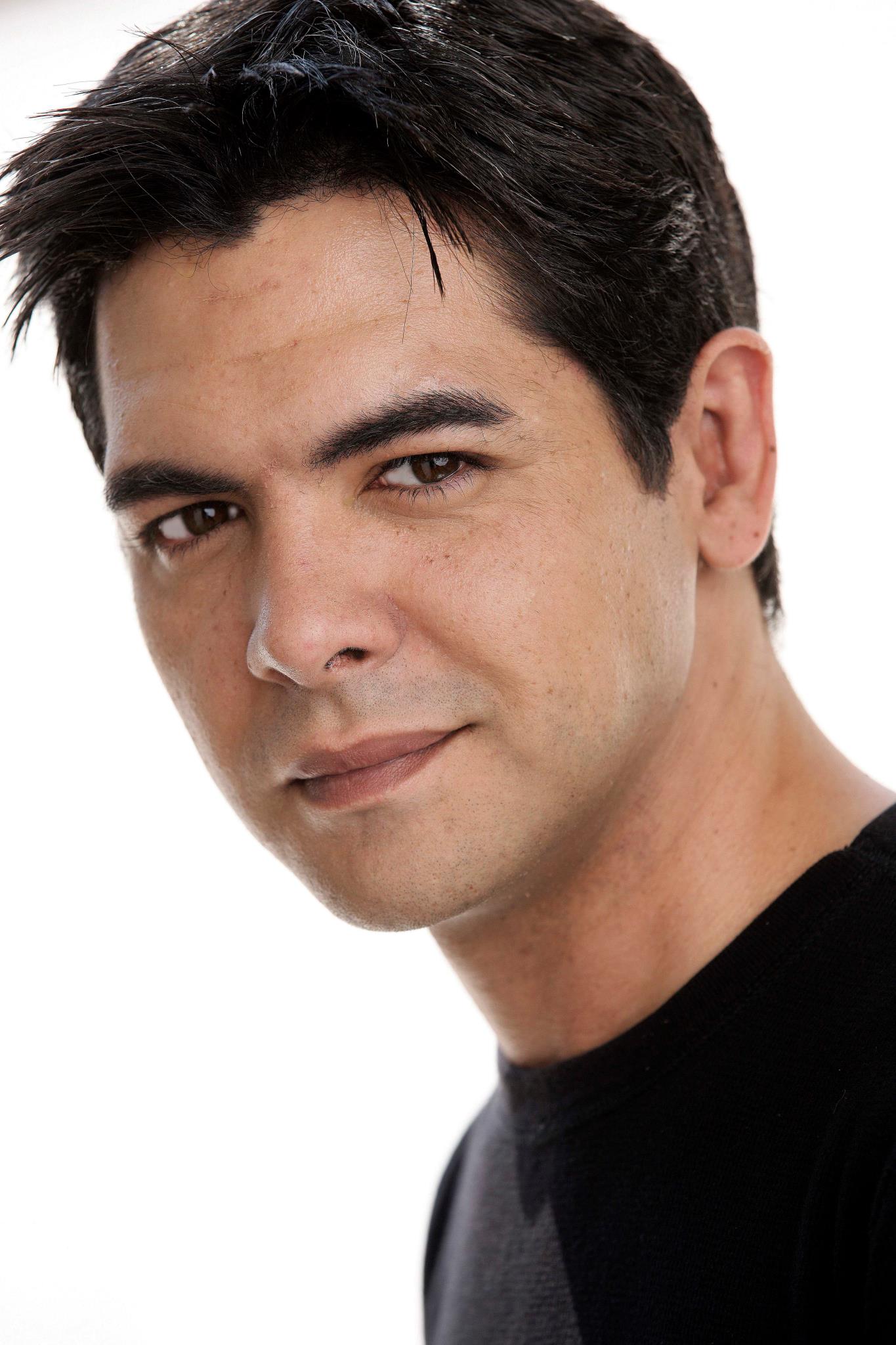
Brad Wright (co-creator/writer; ‘The Serpent’s Lair’): We knew before the end of Season 1 that we had 88 episodes. Jon knew the syndication model would work and was working in terms of financing. So we had to think long-term. And so, you know, I mean, that’s why we built it out. We just kept adding to the mythology. We knew that the goal would be to get ourselves into a situation where, just in simple terms, the Goa’uld were going to notice us and had the capability and the ships to come in and wipe us out. I didn’t really know that I was going to have to write a clip show to set it up. All we knew at the very beginning was that you know, bad guys find out where Earth is. That’s the big arc of the season. But that’s as deep as it went.
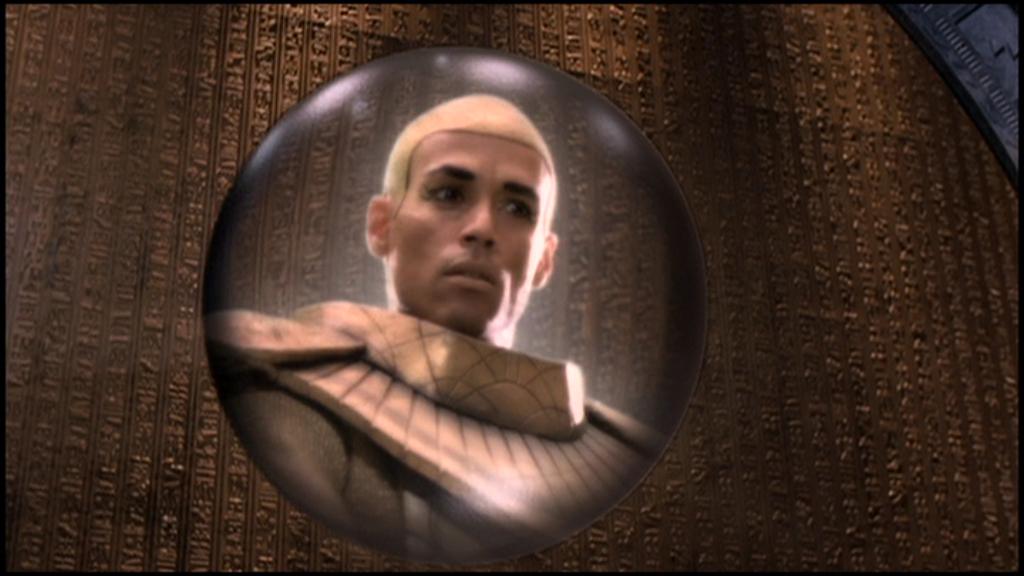
Jonathan Glassner (co-creator/writer; ‘Within the Serpent’s Grasp/director; ‘The Serpent’s Lair’): It was really just sort of a standard goal in episodic television, we wanted to leave the audience with a cliffhanger, so they’d want to come back. And we wanted it to be a big episode, you know, financially and production-wise because it’s always good to go out on a bang and come in on a bang. And one way to make that affordable is to build all the massive sets we had to build for that episode and amortize it across two episodes. So that’s what we did.
Scaling Up for ‘Within the Serpent’s Grasp’
The first season of Stargate SG-1 had been a hit, but its showrunners were still finding their feet – and tone. The cliffhanger was a good one. ‘Within the Serpent’s Grasp’ saw the Stargate program being closed down, while the Go’auld made their way towards Earth, with Apophis plotting its annihilation. The SG-1 crew ignore orders and gate to the ship only to find Skaara (Alexis Cruz) possessed by Apophis’s offspring Klorel. Jack O’Neill (Richard Dean Anderson) and Teal’c (Christopher Judge) are captured, and rescued by Daniel Jackson (Michael Shanks) and Samantha Carter (Amanda Tapping), Daniel gets shot, O’Neill seemingly kills Klorel, and… well, let’s just say there are a lot of intriguing plot points at play ready for Season 2.
Brad Wright: I remember Jonathan painting the characters into a corner at the end of the season and me going, ‘How do I get them out of this?’ And he goes, ‘That’s your problem!’ We didn't break both stories at the same time other than we knew that they would get out of the situation. That was what was penciled in – they come to Earth in ‘...Serpent’s Grasp’ and get out of it in ‘Serpent’s Lair’. So you know, we had written the title for the beginning of Season 2, but we didn't know anything that was going on. So yeah, ‘Serpent’s Lair’ was actually written in the fall before we came back in January.

Jonathan Glassner: By then, the scripts were all done, so I could [direct] it. I could do the end of the season, the beginning of the season, and right before Christmas, they would be the ones I would usually direct. Because then I’d have time to catch up over the holiday or a little break.
Brad Wright: I remember coming back for Season 2, wanting to raise the bar. Thinking that some of the shows that we made were okay. But not enough of them were at the level I wanted them to be. Like, they weren't all, ‘Oh, that's a good one.’
There are some clunkers in Season 1. And I wanted there to be fewer clunkers.
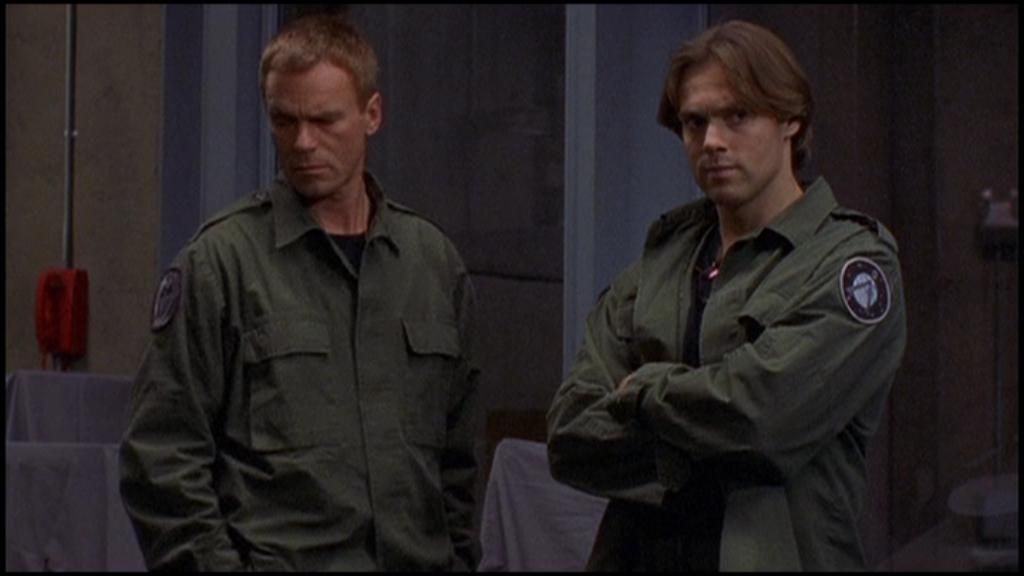
Jonathan Glassner: I don't like about probably the first third of the episodes in the first season, because we were still finding our way. We were trying to figure out what the hell the show was. And, you know, we were getting pressure from the studio and the network to sex it up, and we didn't think that was appropriate. How violent were we going to be? And I think at one point, Brad and I basically just said, ‘We’re just going to stop listening and do what we think is the right thing.’ And we kind of settled into a groove I think about a third of the way through the first season.
So once we had done that, it became much easier. So in the second season, we just did it, it kind of went easily. The great thing about Stargate is that it’s kind of like the original Star Trek. It’s got endless possibilities, because, you know, there could be endless planets and endless cultures... The most concerning was just doing a TV series and you know, you have to deal with the budget and the time and all that.
We just had a massive factory going there [in Vancouver]. We had three soundstages and two warehouses where sets were being built all the time and rotated through. We had a wardrobe factory that took up a whole floor of a building. And you know, there’s a lot of fun in that as a writer to be able to say, ‘Okay, now we're gonna go to a planet based on the Norse gods.’ And you know, you get the drawings back from the wardrobe person and from the Art Department and you’re like, can we really do this and then you see it. It was a blast, it really was.
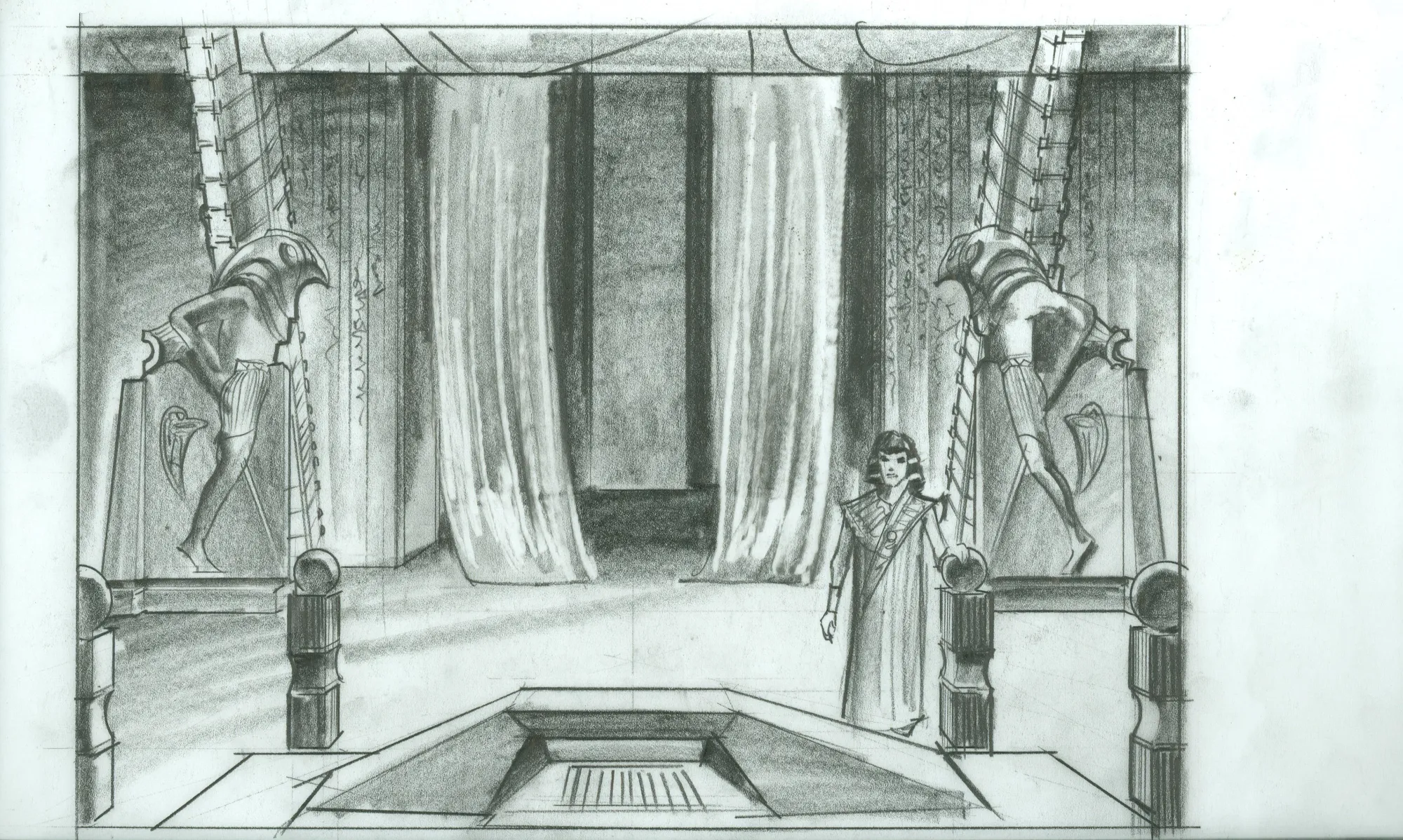
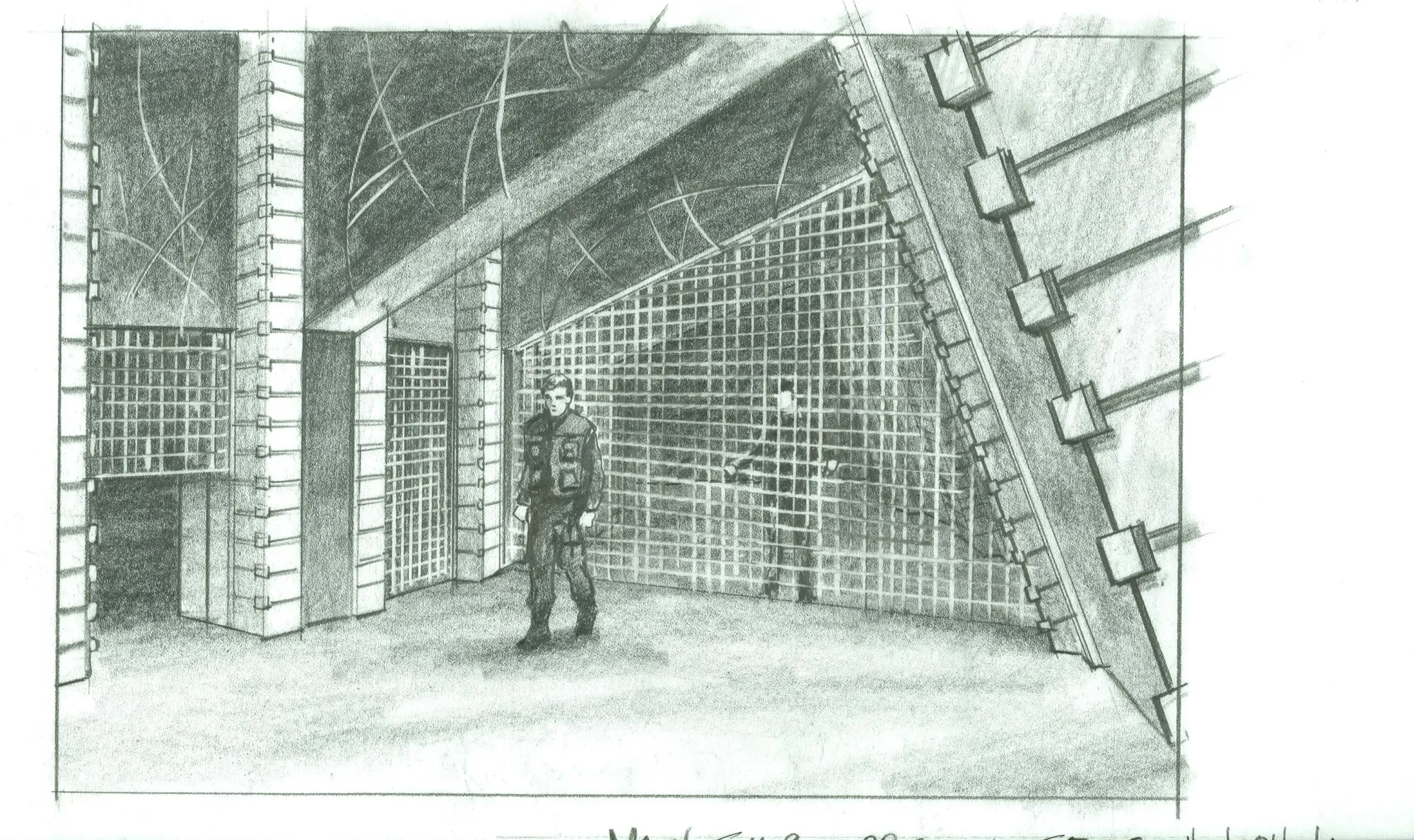
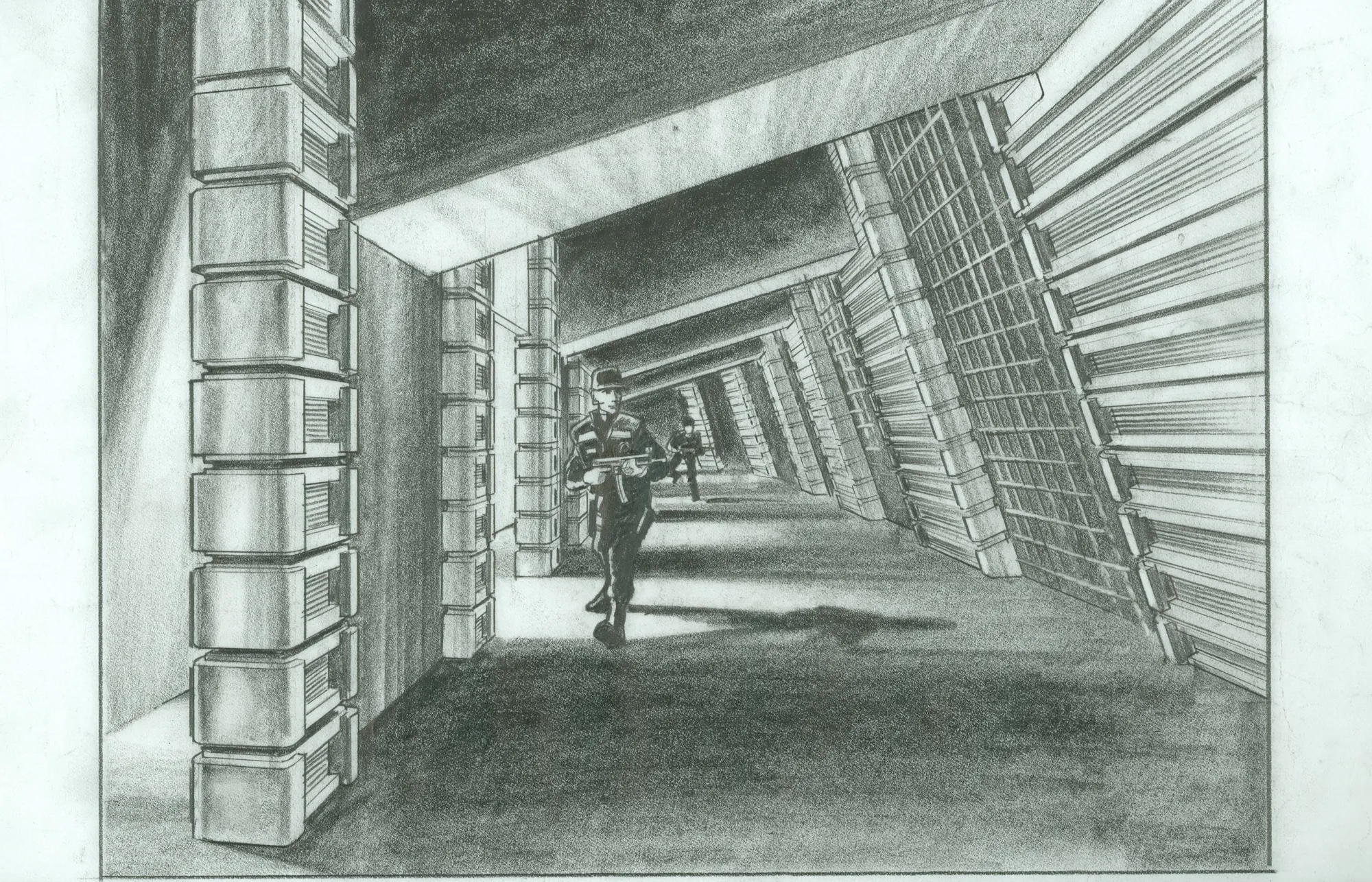
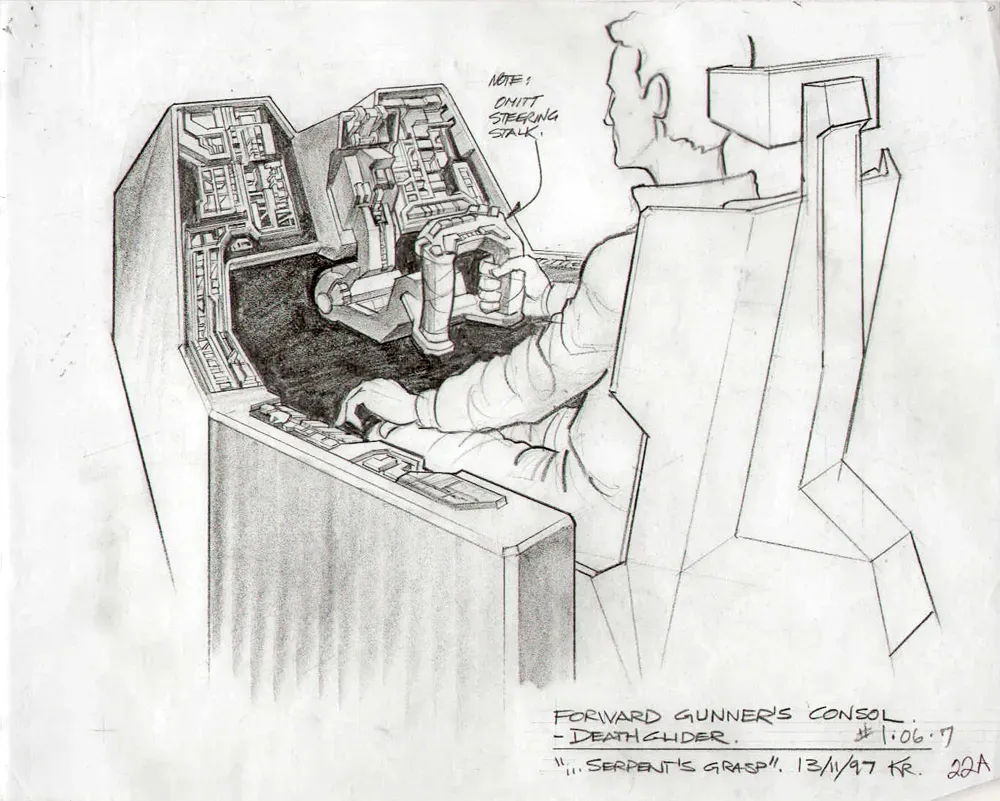
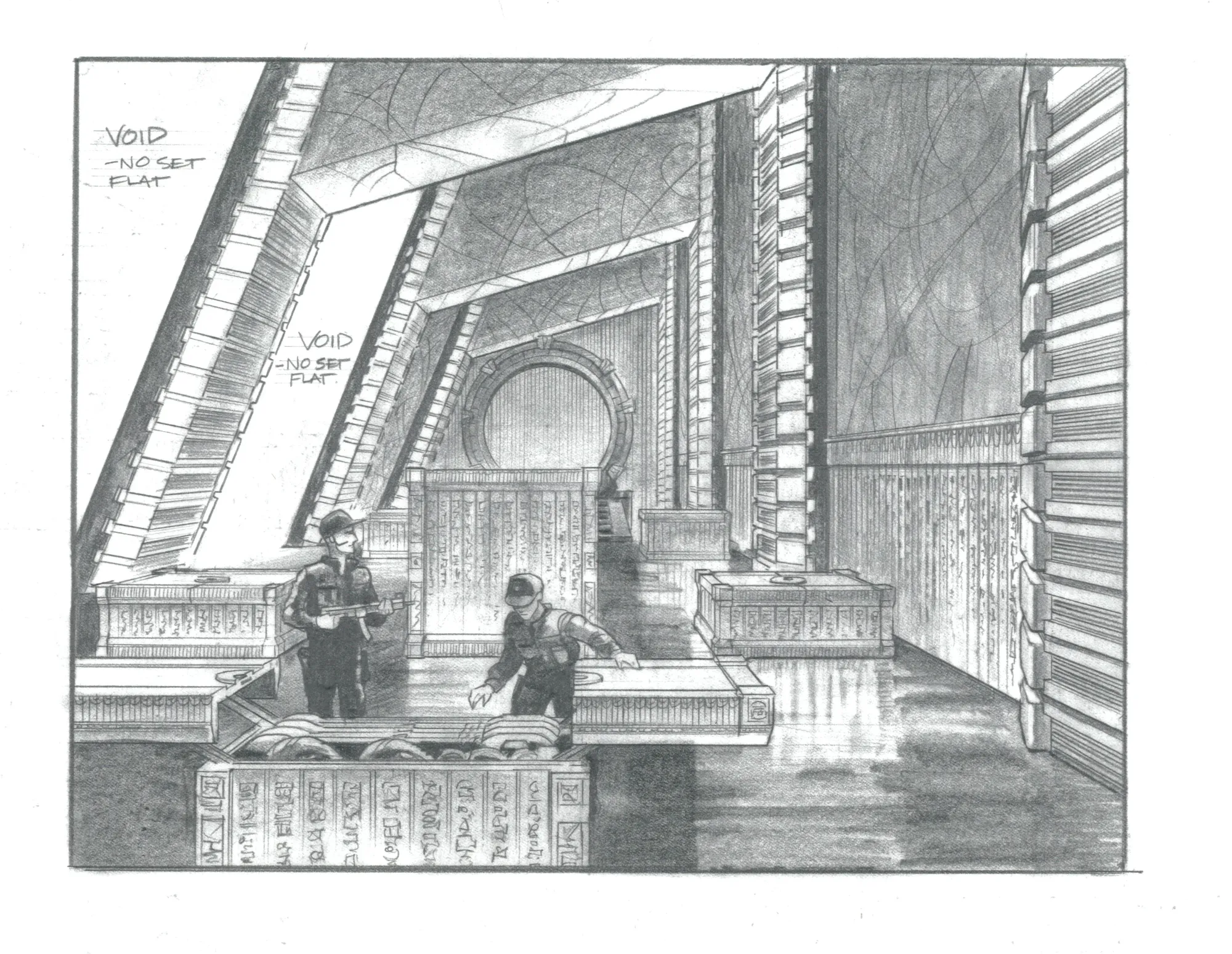
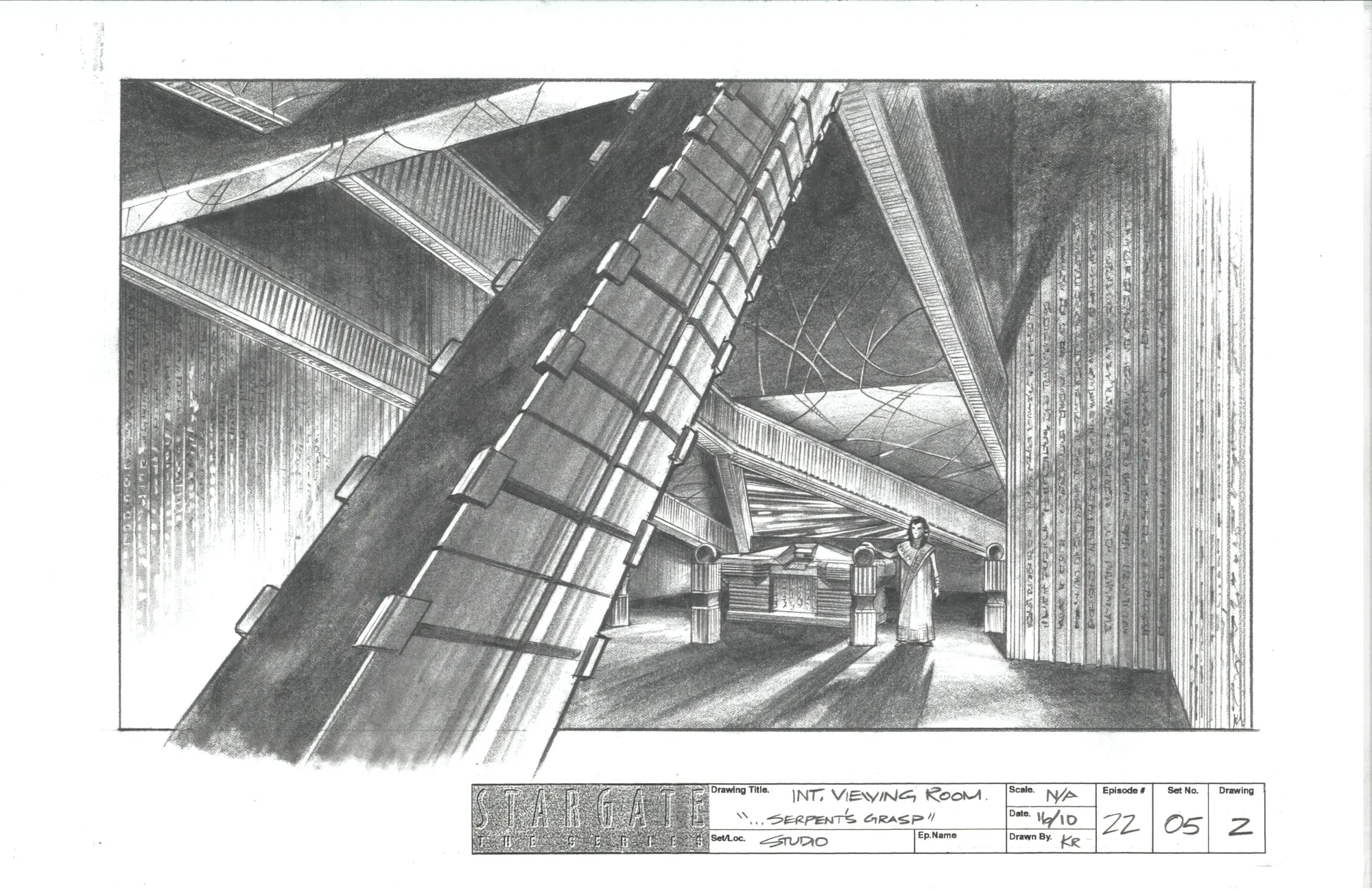
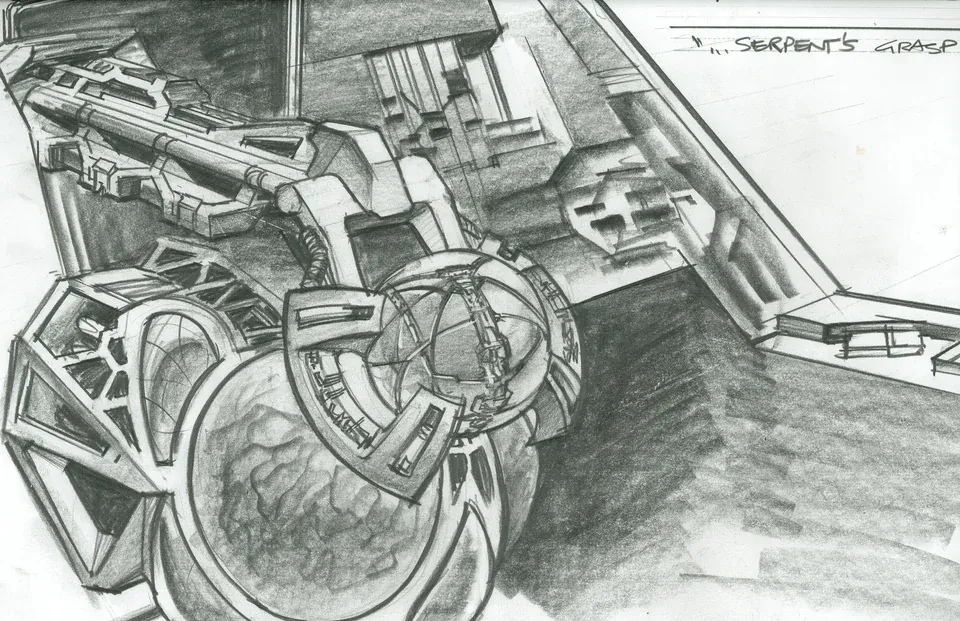
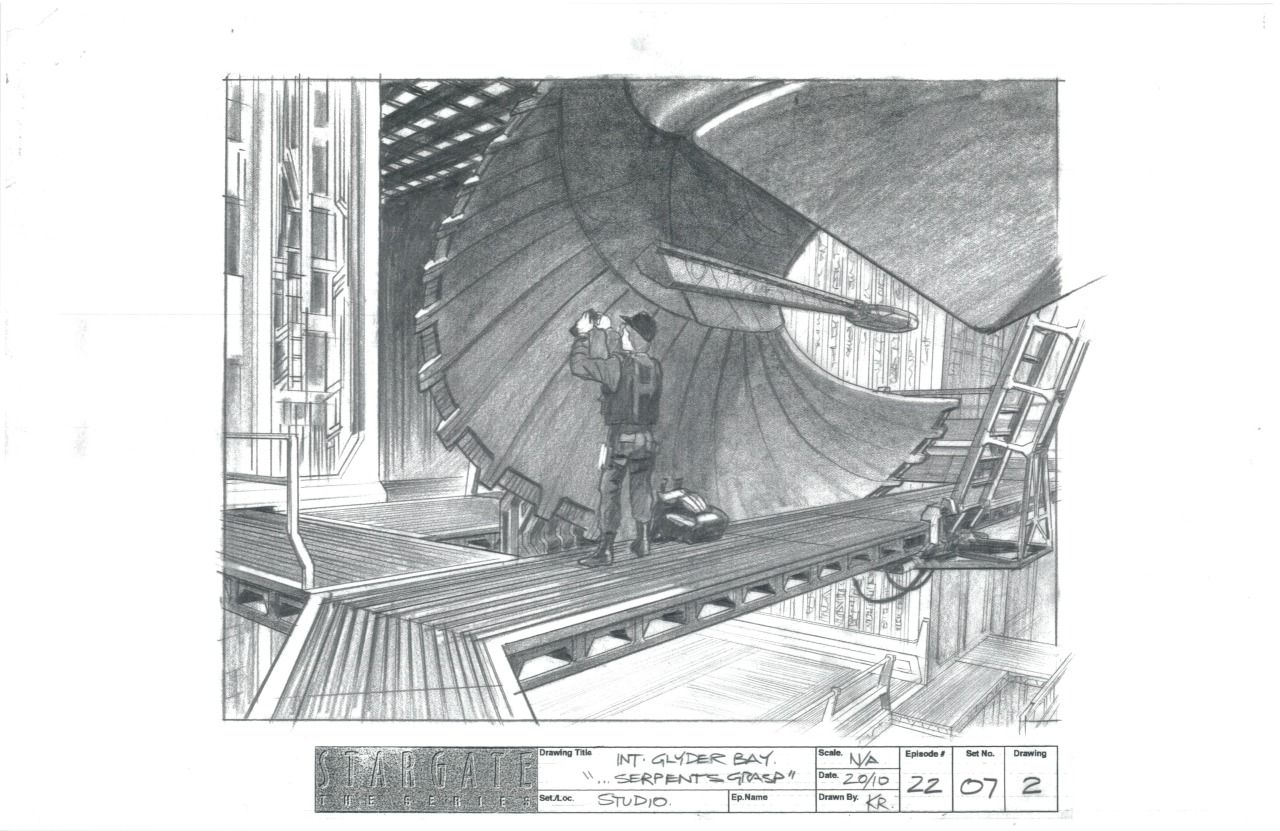
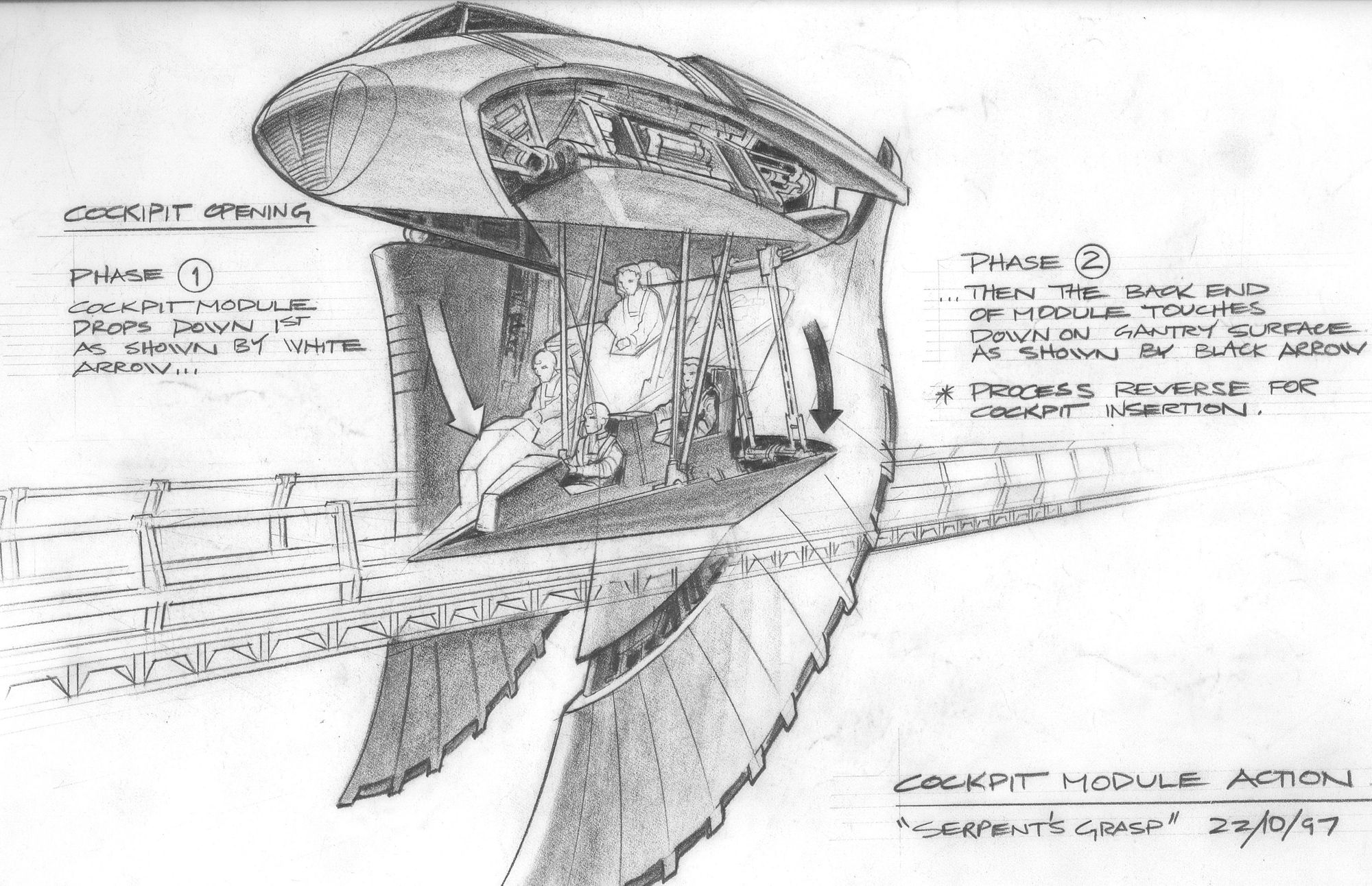
Richard Hudolin (production designer): You can play with the look and style of the series, but you want to set it tonally pretty much what you saw in the feature because that was the big draw. You want to have that in your show. You work with that and make it your own. The nature of the scripts, because you’re always somewhere else, gave you great latitude in terms of the design because you could make it up – who’s going to call you wrong? When I first met [the writers], it was like wow, they’re so talented and so nice. And very open to whatever I would suggest.
They would write something and I’d do a drawing and they’d say, ‘That’s not what I thought at all?!’ I would say, ‘Well is that better or worse?’ And more often than not, they liked what we were doing.
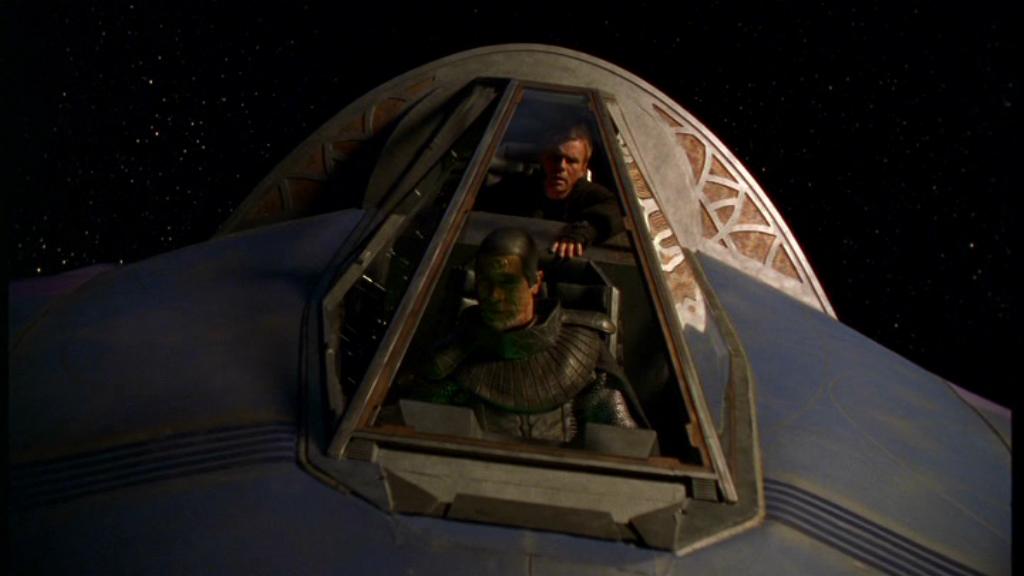
Jonathan Glassner: As a director, I remember we did something that you didn't see very often on television. We had spaceship shots, you know, out in space, not Starship Enterprise size, but little fighter ships. And that's a big undertaking, which at the time was hard to do on TV. We actually built those cockpits on giant gimbals, at least a storey up from the ground so that we could be greenscreen, because we knew that if we tried to do it with them being still, back then the technology wasn't good enough. So we basically do what they did on Star Wars without having a Star Wars budget. And that was a blast as a director to get to do that.
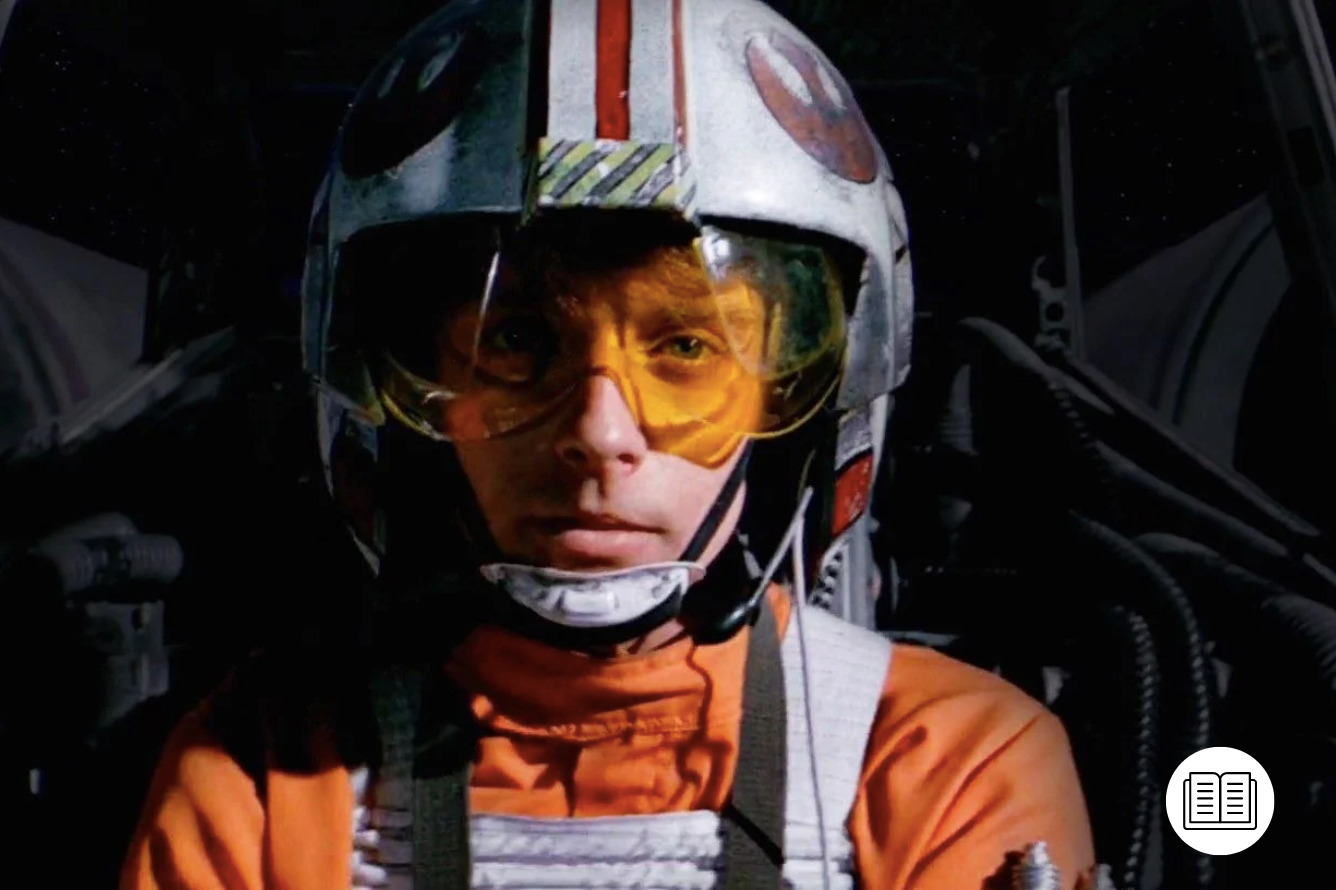
Also following in the footsteps of Star Wars, visual effects supervisor John Gajdecki used a mixture of miniature effects, motion control (to match the movement of the camera with the movement of the object), and nascent CGI, which was only just become viable on a TV budget. This can be seen in ‘Within the Serpent’s Grasp’ where O’Neill creeps across a Death Glider hanger, the crescent-shaped fighters hanging like bats from the ceiling.
John Gajdecki (visual effects supervisor): We laid out tape on a blue screen stage for the path that [the actors] have to run. So we filmed the actors running. The ships themselves were miniatures that we shot motion control on greenscreen. So the set was CG and we laid it out to match the art department sketch. And then the models were shot – [the Death Gliders were] pretty good sized, [it] was about four feet across. It was fun to be able to work on shows where you had the time and resources to do cool stuff.
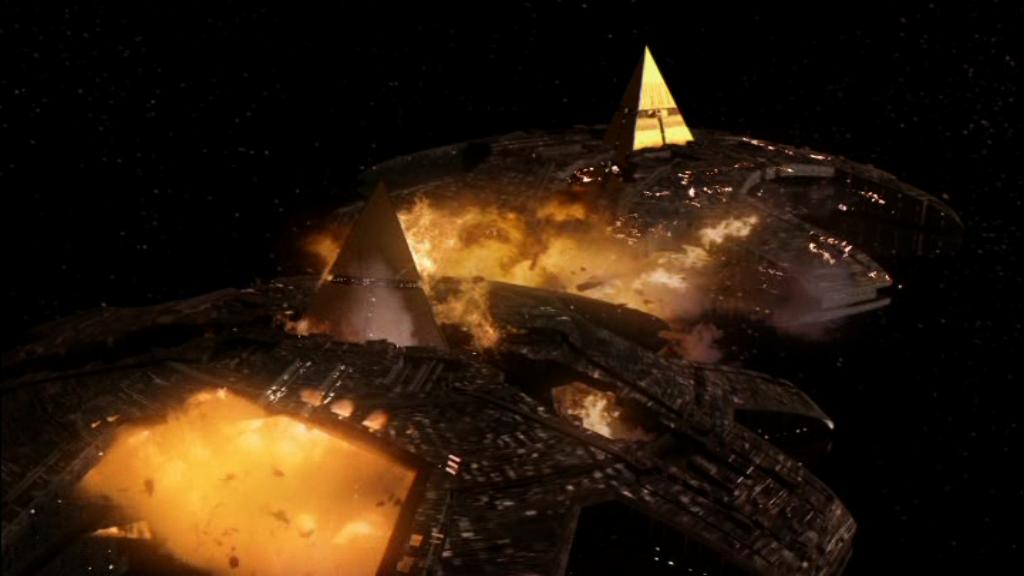
At the end of ‘The Serpent’s Lair’, two imposing Ha’tak pyramid ships are destroyed to spare the Earth from Apophis’s gilded tyranny.
John Gajdecki: We built giant models of these things, and we blew them up. We filmed them from the ground, we hung them from construction cranes. it was funny because we were filming in this field that we rented from the city and right beside us was this ship. And Oliver Stone was filming something on this ship. And they had lights that were so big, that we didn’t need to use many of ours, we were just using their spill lights. But of course, we were blowing stuff up which would mess with their sound.
They were lighting some things that were messing with our lights so we went over to talk to them. And we said, listen, ‘We’ll call you when we’re about to shoot.’ So when we were going to blow something up, they would stop shooting, and they’d come and watch on the side of their ship. And then when we were done, they would go back to filming whatever important project they were on.
Skaara: The Snake in the Grass
Alexis Cruz was drafted back into the show as Skaara, only this time the SG-1 team – and especially O’Neill – are having to deal with their one-time friend infected by an enemy symbiote.
Alexis Cruz (actor; Skaara/Klorel): So [there were] weeks off at a time, and then I come in for two weeks. The effect that had was that I wasn’t as close with everyone as they were with each other and that's reasonable. And you can still see that today, you see the cast and that there are layers to their relationship that I don’t have, you know, but there are individuals that I have those layers with here and there because we took the time elsewhere and all that. I go in there expecting that I have to do the work to make it work. So I leave it to be a pleasant surprise when everybody needs me halfway and that ends up becoming the experience more often than not. And I like pleasant surprises, but that doesn't absolve me of my responsibility to come prepared.
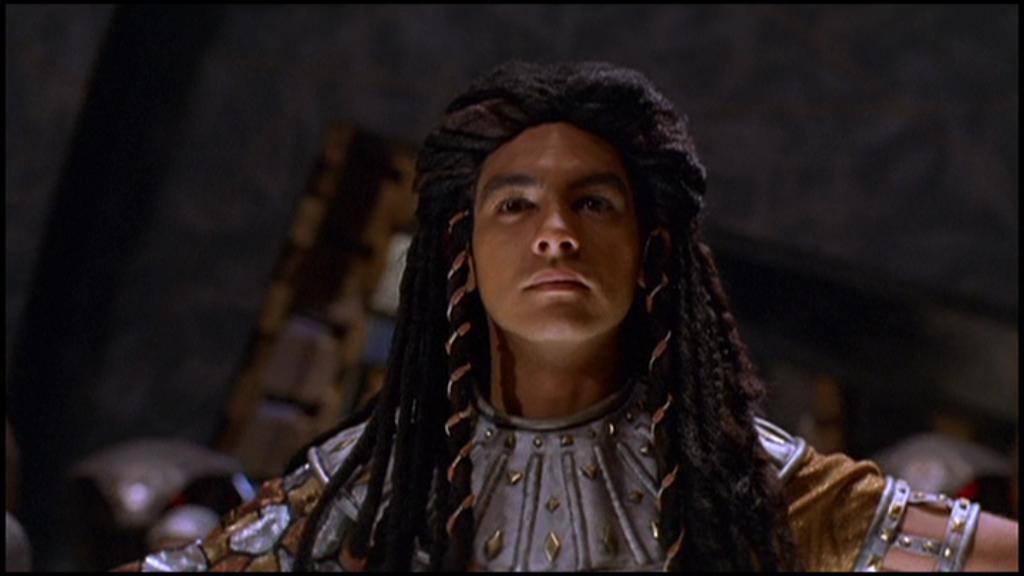
Brad Wright: I can’t stand the name Klorel! I said ‘We’re not really naming this character Klorel are we?’ That’s why it’s Klorel, because John wrote ‘...Serpent’s Grasp’. I didn’t come up with a better one or the one I came up with, everybody went ‘That's not better.’ But you pick your battles.
I think John was originally going to kill Klorel.
Jonathan Glassner: I can tell you a fun little anecdote. The internet was not what it is today. It was more like CompuServe and AOL and bulletin boards and things like that instead of Twitter or Facebook. There had popped up a whole bunch of bulletin boards or chat rooms depending on which servers you were on about Stargate.
We killed Skaara and the vitriol that was on the boards was just like, how dare they? So we decided to go ahead and bring him back to life. But we couldn't get Alexis. So we did some digital magic.
Brad Wright: We decided maybe that was a mistake. And CG-ed him in the rings when Apophis escapes, we just put him inside them.
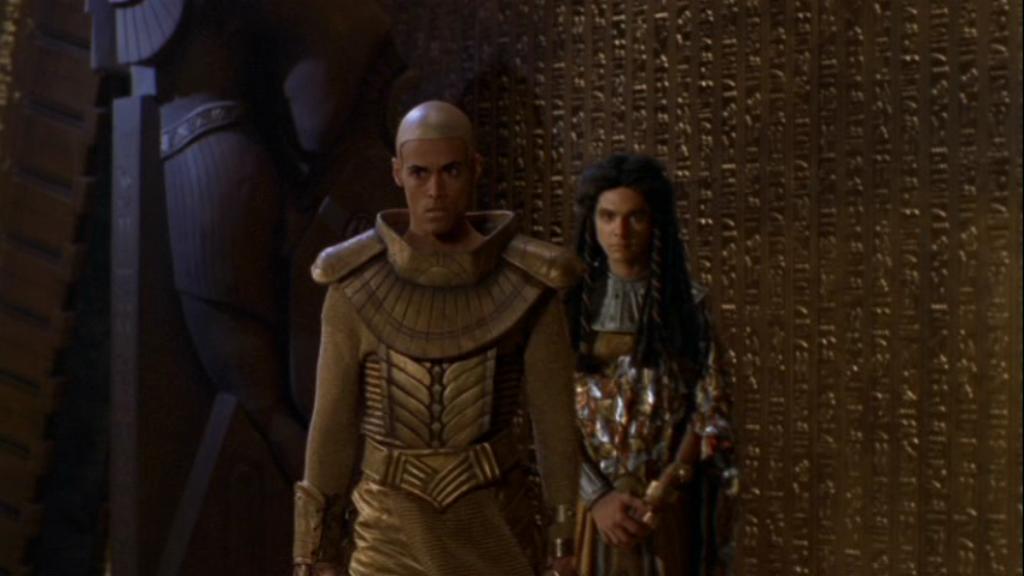
Jonathan Glassner: We cut him out of a shot for one of the other episodes, I think from the first half actually, and put him in the rings going up with Apophis so that he was still alive. But it satisfied them and made people feel better, so we did it.
Brad Wright: We went, ‘He’s good, let’s keep him around’ and he’s one of the touchstones from the feature too.
Jonathan Glassner: Back then the internet was so new. It was like wow, what a golden opportunity to see what the fans are thinking. It’s like the old days when people used to send mail to the network about their shows and the networks paid attention back then. And today, you know, there’s so many opinions and most of them are just mean and so I don’t really pay much attention now but back then we did.
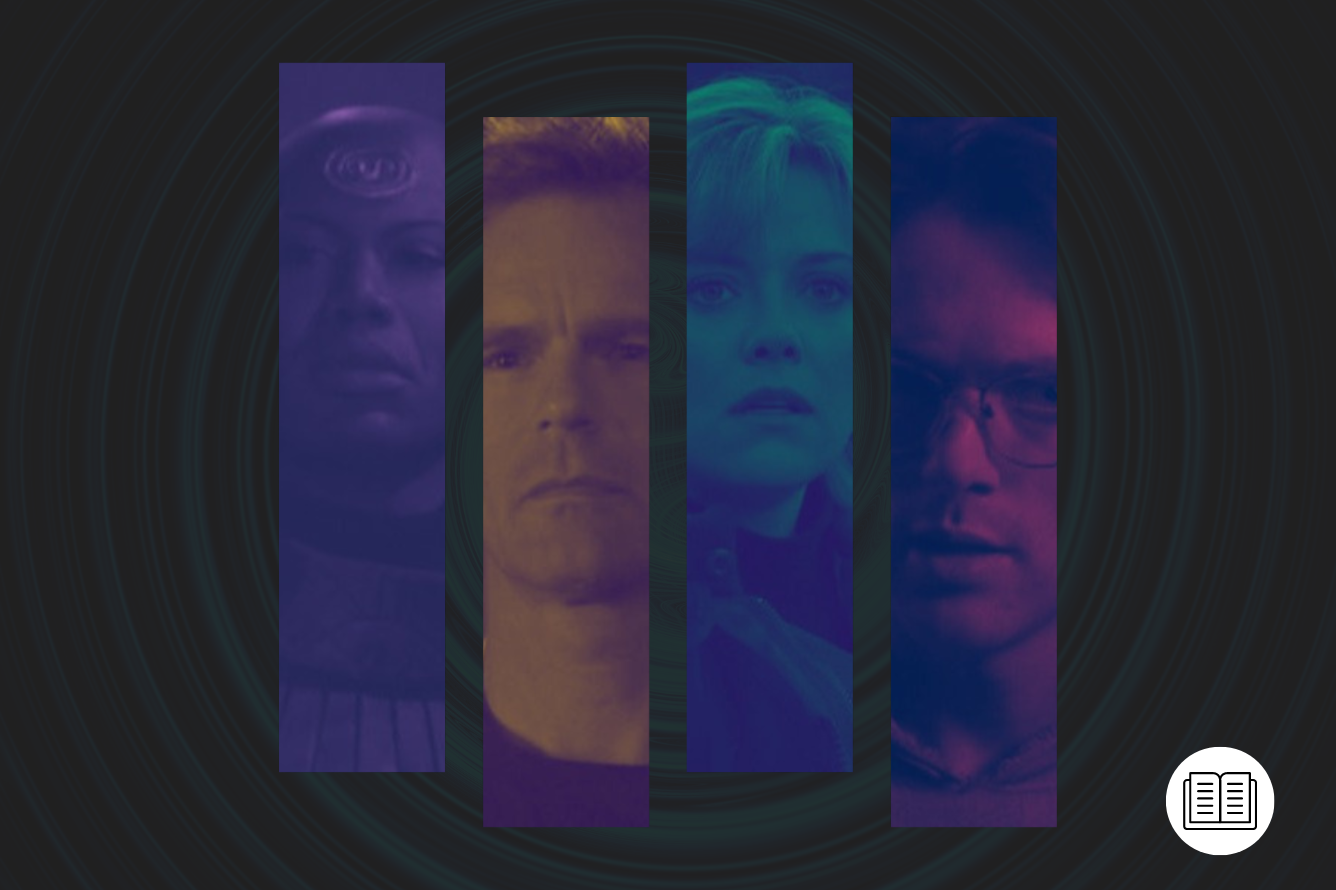
Setting up the Second Season
Another big twist was the reveal that Bra’tac (played by Tony Amendola) rejected Apophis and became a goodie.
Jonathan Glassner: Well, the one thing I can remember is that we always wanted to find a way to get Tony into the show. So we said, let’s figure out a way to write him in. And that’s how we did it. And he appears a bunch of times after that, too.
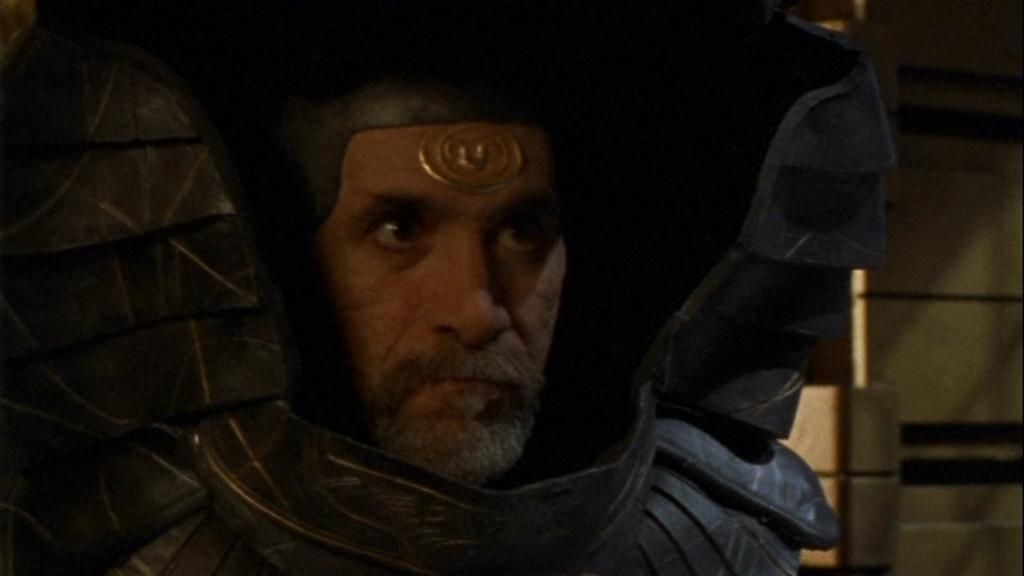
Some of the most memorable parts of the episodes is seeing Skaara and Klorel battle for dominance inside Skaara’s body. It made for some electric scenes with his mentor and father figure Jack.
Alexis Cruz: There was this dynamic in the script of Skaara coming out and pleading for help. And O’Neill realizing he was in there and getting worked up and then Klorel coming back in and taunting him and I think it worked really well.
[In my opinion] Skaara figures this out and is going to let him think that he’s stringing him along and is in charge. If I can distract you with believing you’re hurting me in this way, then you’re going to keep putting your energy over, while I’m being subversive over here.
Little by little, you’d have these moments of sabotage against his oppressor. Various moments where Klorel should have done something villainous and then something went wrong, and inexplicably, he changed his mind. There is that story in there that added to all of those scenes, certainly, you know, and had to be layered in and created again so that you get that little piece of the ball on the sly. And then you, as an audience member, get the impression of what's happening.
And I think that it really came across, at least from the feedback I’ve gotten, that there is a level of complexity under there, even if they can't pinpoint what it is. I’m satisfied with that.
Ultimately, everything is put right, Apophis is defeated (for now), Earth is saved and SG Command is back in business. And more importantly, the second season was up and running with a brilliant finale from the previous year and a stunning season opener.
Jonathan Glassner: For the second season, I was still having a blast. It was a giant sandbox because we had a lot more money than most television series have at that point because of our big order.
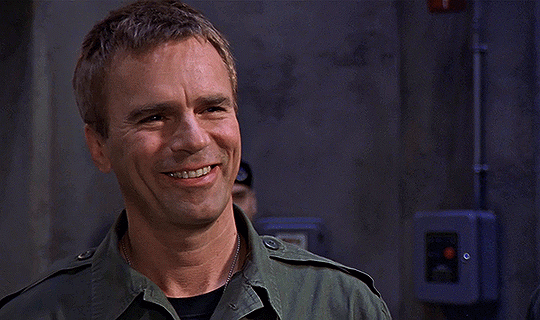
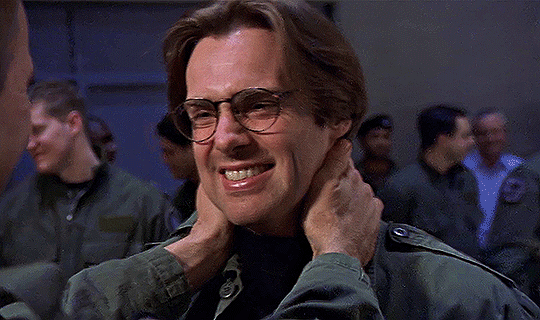
Brad Wright: It’s been 25 years, remember? But I had blurred ‘...Serpent’s Grasp’ and ‘Serpent’s Lair’ into one show in my head. That’s the funniest thing.
Alexis Cruz: It means a lot and I know that it means a lot to the public and that means a lot to me, you know, and I think throughout all the years, that’s always ended up being the cornerstone of our relationship with this project and with the community.
The cost of your membership has allowed us to mentor new writers and allowed us to reflect the diversity of voices within fandom. None of this is possible without you. Thank you. 🙂






